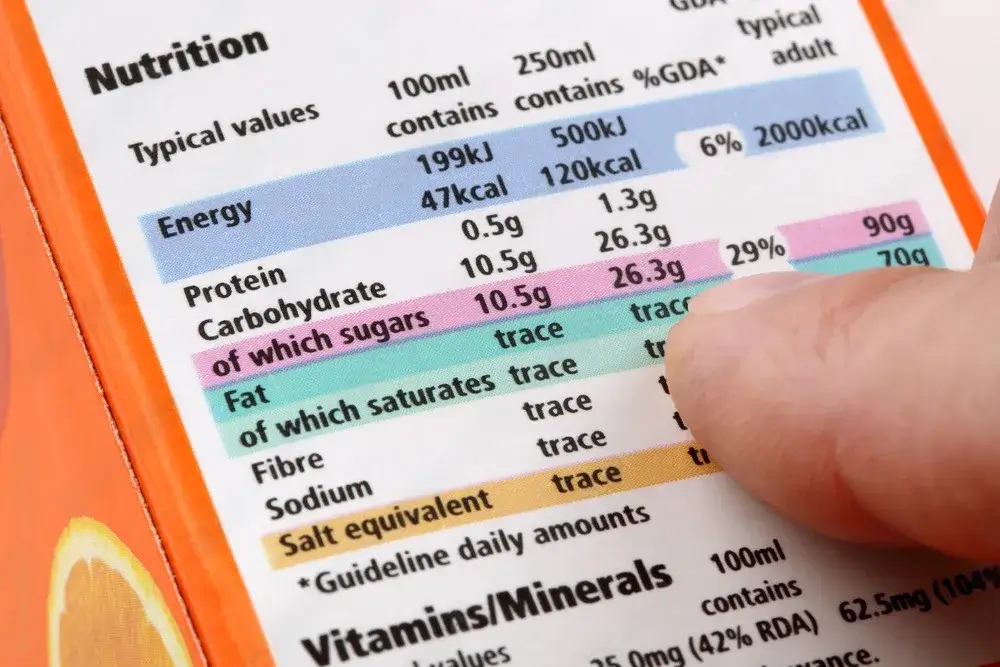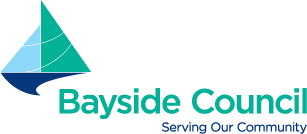Nutrition labels can be misleading when it comes to health claims. Recent research indicates that products with health claims on the packaging are perceived as healthier, influencing consumer decisions. Manufacturers may use misleading or false claims to attract buyers.
Nutrition labels are designed to assist consumers in making informed decisions about what they eat. They are packed with details on the front, back, and sides of the packaging to let us know what’s inside and help us choose healthier options when it comes to processed foods. But with all the numbers, percentages, and fancy-sounding ingredients, it’s easy to get more confused than getting informed.
How to Read Product Ingredients Correctly?
Nutrition labels show the amount of calories and nutrients in a typical serving size of the product, which is usually less than what people eat in one meal. Product ingredients are listed by quantity from highest to lowest amount. This means that the first ingredient is what the manufacturer used the most. A good rule of thumb is to scan the first three ingredients, as they make up the largest part of what you’re eating. If the first ingredients include refined grains, a type of sugar, or hydrogenated oils, you can assume that the product is unhealthy.
Instead, try choosing items that have whole foods listed as the first three ingredients. In addition, an ingredient list that is longer than two to three lines suggests that the product is highly processed.
Correct Way to check Nutrition Labels
The Nutrition label is a useful tool for making healthier food choices and finding nutrient-rich foods to include in your diet. Here are some tips to help you check the information provided on these labels.
1. Begin by reviewing the serving details:
This section shows the size of one serving and the total servings in the package. The serving size represents the typical amount people consume.
2. Take note of the total calories per serving and per package:
Observe the number of calories in a single serving. Compare this to how many servings you consume. If you have two servings, you’re doubling the calories and nutrients.
3. Focus on specific nutrients:
Pay attention to the key nutrients and understand what you should be looking for.
- Concentrate on the levels of saturated and trans fats rather than total fats. Remember, not all fats are unhealthy.
- Avoid trans fats. If the label states “0 g” of trans fat but lists “partially hydrogenated oil” in the ingredients, it means there is some trans fat present, but less than 0.5 grams per serving. If you have more than one serving, you might end up consuming too much trans fat.
- Total sugars can be a combination of natural and added sugars.
- Limit your intake of added sugars, saturated fat, and sodium.
- Compare labels of different brands or similar products and opt for items with lower amounts of these nutrients whenever possible.


4. Ensure you’re getting adequate beneficial nutrients: Make sure you’re meeting your body’s requirements for essential nutrients like calcium, dietary fibre, iron, potassium, and vitamin D. We all need more dietary fibre to help lower blood cholesterol levels, keep us feeling full, and maintain a healthy weight. Adults should aim for at least 25-35 grams of fibre daily for optimal health.
5. Understand Daily Value: The Daily Value (DV) shows you how much of each nutrient is in one serving, based on the recommended daily amount. If you’re looking to cut back on a specific nutrient like saturated fat or sodium, go for foods with a lower percentage of DV (5% or less). On the other hand, if you want to increase your intake of a nutrient like fibre, opt for foods with a higher percentage of DV (20% or more).
To avoid falling for misleading product labels, simply avoid processed foods altogether. Keep in mind that healthy food doesn’t need a list of ingredients. However, if you choose to purchase packaged foods, ensure that you can differentiate between low-quality and high-quality products by following the above tips.
Reaching your health and fitness goals can be tough without proper nutrition. Intense workouts require the right fuel, which comes from the food and drinks you intake.
We at Angelo Anestis Aquatic Centre are dedicated to helping you throughout your fitness journey! Our group fitness programs not only include different-intensity workout sessions but also give you proper guidance on nutrition. Reach out to us today & become a member now.



